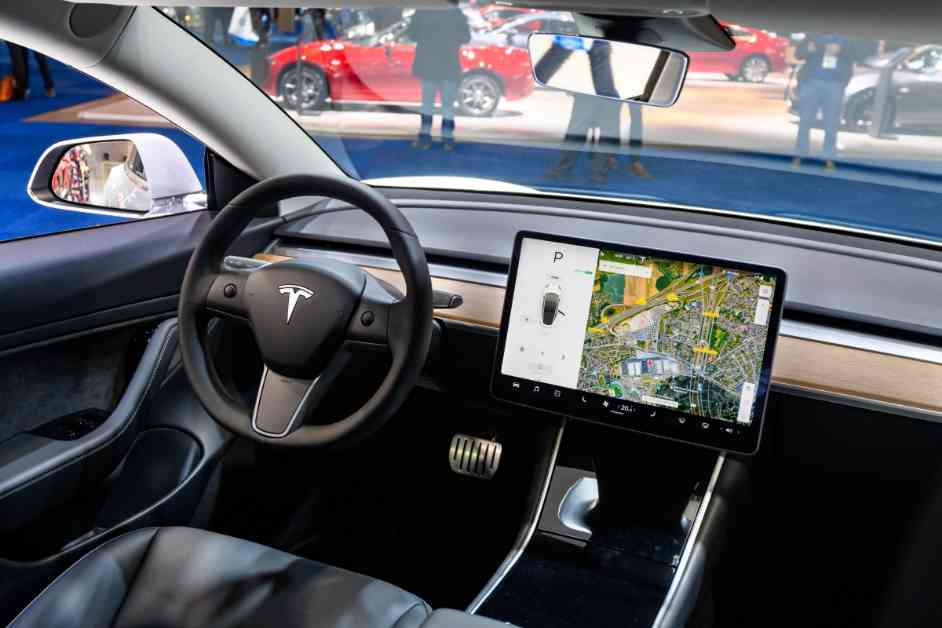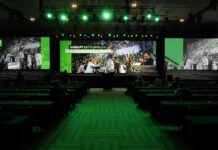Tesla CEO Elon Musk recently made headlines during a robotaxi reveal event where he announced plans to release an “unsupervised” version of Tesla’s Full Self-Driving (FSD) system in Texas and California by 2025. This system would be available on certain Model 3 and Model Y vehicles. Additionally, Musk mentioned that Tesla aims to start production on robotaxis without steering wheels or pedals by 2026 or 2027. However, there are concerns about navigating regulatory hurdles with the rollout of unsupervised FSD and driverless vehicles.
Tesla’s FSD technology, despite its name, is not fully autonomous and still requires human supervision. The company recently rebranded FSD as “FSD Supervised” to reflect this reality. The term “unsupervised FSD” could mean a Level 3 system where the driver can be hands-off but must be ready to take control if needed, or it could refer to a Level 4 system that is fully autonomous under specific conditions.
When it comes to regulatory implications, Tesla plans to launch the unsupervised FSD software in California and Texas next year. Texas has relatively lenient regulations for autonomous vehicles, allowing companies to deploy AVs with or without human drivers as long as they comply with traffic laws. California, on the other hand, has a more complex permit system for testing and deployment of autonomous technology.
For Tesla to introduce a Level 3 system in California, it would need a deployment permit, while a Level 4 system would require both driverless testing and deployment permits. Furthermore, Tesla would need additional permits from the California Public Utilities Commission to operate as a ride-hailing service.
Musk’s announcement about Tesla’s robotaxi production by 2027 raises concerns about federal safety standards. Tesla’s envisioned vehicles without traditional controls like steering wheels or pedals may require exemptions from the National Highway Traffic Safety Administration (NHTSA) to comply with FMVSS regulations. NHTSA has granted exemptions for autonomous vehicles intended for non-passenger activities, but mass-produced robotaxis for commercial use present a new challenge.
The regulatory landscape for autonomous vehicles is still evolving, with NHTSA expected to announce new rules to accommodate AVs without human controls. Investors have expressed uncertainty about how Tesla plans to navigate these regulations and bring its FSD technology to market effectively. Tesla’s stock experienced a dip following the robotaxi event, reflecting concerns about regulatory hurdles and the company’s strategy moving forward.
As Tesla continues to push the boundaries of autonomous driving technology, the company will need to address regulatory challenges and ensure compliance with safety standards to realize its vision of unsupervised FSD and driverless robotaxis. Musk’s ambitious timeline for these innovations highlights the importance of balancing technological advancements with regulatory requirements in the rapidly evolving automotive industry.











